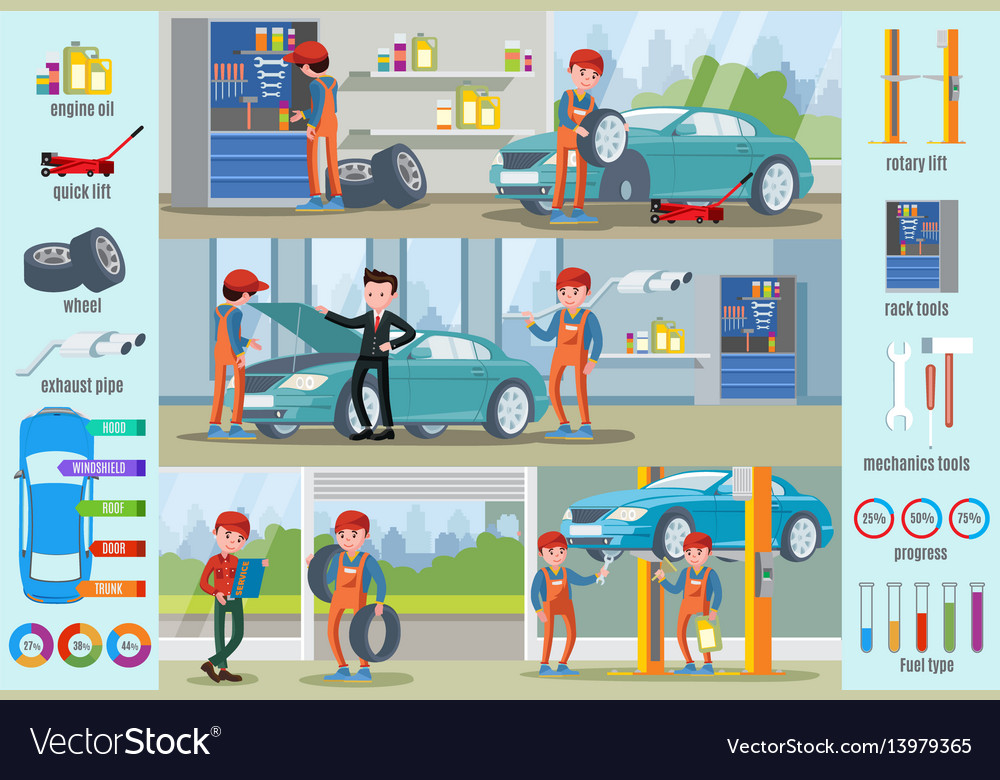Recognizing Your Auto'S Caution Lights: What Do They Actually Mean?
Recognizing Your Auto'S Caution Lights: What Do They Actually Mean?
Blog Article
Staff Author-Hartley Stark
When you lag the wheel, those beautiful caution lights on your dashboard can be a little bit puzzling. Do you understand what they're trying to tell you regarding your auto's wellness? Comprehending the significance of these lights is important for your security and the longevity of your automobile. So, the next time among those lights turns up, wouldn't you want to decipher its message precisely and take the essential actions to address it?
Common Warning Lights and Interpretations
Determine common warning lights in your automobile and recognize their meanings to ensure secure driving.
The most regular caution lights consist of the check engine light, which signals problems with the engine or exhausts system. If this light begins, it's crucial to have your vehicle examined promptly.
The oil pressure advising light suggests low oil pressure, calling for prompt attention to prevent engine damage.
A blinking battery light may recommend a faulty billing system, possibly leaving you stranded if not dealt with.
The tire pressure surveillance system (TPMS) light signals you to low tire pressure, impacting lorry stability and gas efficiency. Ignoring this might lead to unsafe driving problems.
The abdominal muscle light indicates a trouble with the anti-lock braking system, compromising your ability to quit promptly in emergency situations.
Finally, the coolant temperature level warning light warns of engine getting too hot, which can lead to serious damage otherwise settled promptly.
Understanding these usual caution lights will certainly assist you deal with issues quickly and maintain safe driving conditions.
Importance of Prompt Attention
Recognizing the usual caution lights in your vehicle is just the primary step; the significance of quickly attending to these warnings can not be emphasized enough to guarantee your security when driving.
When a warning light brightens on your dashboard, it's your car's means of communicating a potential concern that requires focus. Ignoring these warnings can lead to much more severe troubles down the road, jeopardizing your safety and security and potentially costing you much more in repairs.
Trigger focus to advising lights can protect against malfunctions and mishaps. As https://beckettlfatn.dailyblogzz.com/30480358/the-advancement-of-automobile-detailing-strategies-over-the-last-years , a flashing check engine light might indicate a misfire that, if left unattended, can trigger damages to the catalytic converter. Addressing this quickly can conserve you from a pricey repair service.
Likewise, a brake system alerting light could signal reduced brake fluid or used brake pads, important components for your safety and security when driving.
DIY Troubleshooting Tips
If you see a caution light on your control panel, there are a couple of do it yourself troubleshooting suggestions you can attempt before looking for expert assistance.
The very first step is to consult your vehicle's handbook to understand what the specific warning light suggests. Occasionally the concern can be as simple as a loose gas cap causing the check engine light. Tightening up the gas cap might deal with the problem.
One more typical issue is a reduced battery, which can activate various advising lights. Checking https://www.mytwintiers.com/automotive/spend-less-at-the-pump-with-these-fuel-saving-tips/ for corrosion and ensuring they're safe and secure may deal with the issue.
If a warning light continues, you can try resetting it by detaching the auto's battery for a couple of minutes and after that reconnecting it. Additionally, inspecting your lorry's fluid levels, such as oil, coolant, and brake fluid, can assist repair warning lights connected to these systems.
Final thought
Finally, understanding your auto's caution lights is important for maintaining your vehicle running efficiently and securely. By quickly dealing with these notifies and recognizing what they imply, you can prevent costly fixings and possible failures.
Bear in mind to consult your cars and truck's guidebook for certain details on each warning light and act appropriately to make certain a trouble-free driving experience.
Keep informed, stay safe when traveling!
